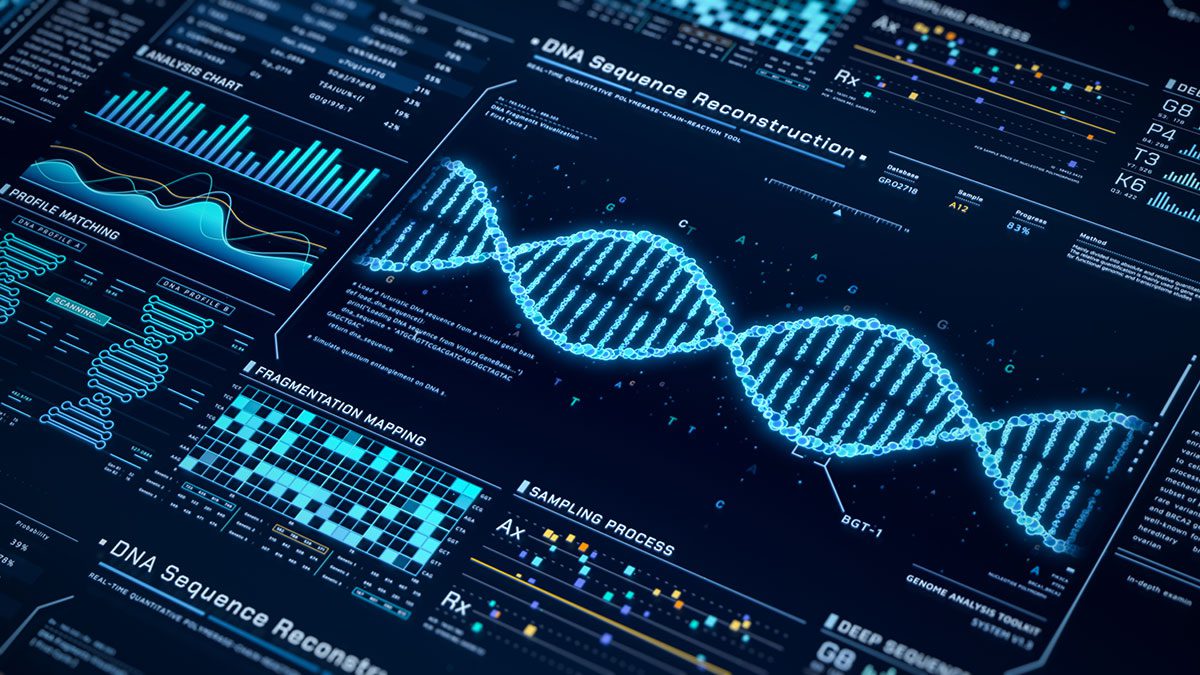Artificial intelligence (AI) is revolutionizing protein engineering, enhancing potential therapies while raising biosecurity concerns. A recent study in Science highlights inadequacies in current DNA synthesis screening, which predominantly relies on sequence similarity to known threats. Researchers warn that generative protein design tools can create novel proteins that may bypass existing safeguards, increasing biosecurity risks.
To address this, a proposed hybrid screening strategy combining functional prediction algorithms with traditional methods could effectively flag hazardous proteins. This shift necessitates internationally harmonized standards to ensure comprehensive biosecurity.
Experts agree that while AI-driven risks are serious, they are manageable through proactive policies and technology advancements. Key focus areas include updating international biosecurity standards, national regulations, and fostering industry compliance. As the landscape of biotechnology evolves, collaboration across sectors will be vital to mitigate risks and safeguard public health while enabling scientific progress. The urgency for modernized oversight systems is clear, paving the way for safer innovation in the biotech field.
